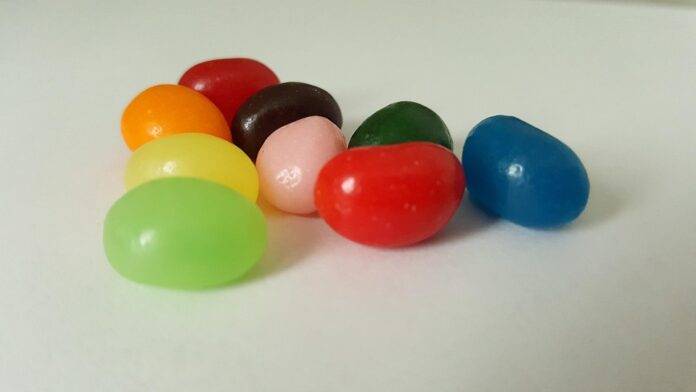Regulatory Clarity Needed on Labeling Dextrose Versus Sugar Terminology
The food industry has long been subject to scrutiny when it comes to labeling practices, particularly in regards to the use of terms like “sugar” and “dextrose.” While both are types of sweeteners, they have distinct differences that can impact consumer health and understanding. This has led to calls for regulatory clarity on how these terms are used on food labels to ensure transparency and accuracy.
Current Confusion in the Marketplace
One of the main issues facing consumers today is the confusion surrounding the terms “sugar” and “dextrose.” While both are carbohydrates that are used as sweeteners, they have different molecular structures and can impact the body in different ways. Sugar, typically referring to sucrose, is a disaccharide made up of glucose and fructose. Dextrose, on the other hand, is a monosaccharide, also known as glucose.
The confusion arises when food labels use these terms interchangeably or without clear distinctions. This can lead consumers to believe that products containing dextrose are the same as those containing sugar, when in fact they may have different effects on the body. This lack of clarity can be detrimental to those with health conditions like diabetes or those looking to make informed dietary choices.
Industry Insights and Financial Data
The food industry is a multi-billion dollar industry that relies heavily on consumer trust and understanding. With the rise of health-conscious consumers, there has been an increased focus on transparency in labeling practices. Companies that are able to clearly communicate the ingredients in their products and provide accurate nutritional information are more likely to gain consumer trust and loyalty.
According to industry data, the global sugar substitutes market was valued at $16.5 billion in 2020 and is expected to reach $20.6 billion by 2025, growing at a CAGR of 4.5%. This growth is driven by increasing awareness of the health risks associated with excessive sugar consumption and the demand for healthier alternatives.
The Need for Regulatory Clarity
Given the current confusion in the marketplace, there is a clear need for regulatory clarity on how terms like “sugar” and “dextrose” are used on food labels. This would not only benefit consumers by providing them with accurate information about the products they are purchasing but also help food manufacturers comply with regulations and avoid potential legal issues.
Regulatory bodies like the FDA play a crucial role in setting guidelines for food labeling, including the use of terms like “sugar” and “dextrose.” By providing clear definitions and requirements for how these terms should be used, they can help ensure that consumers are able to make informed choices about the foods they consume.
Conclusion
In conclusion, the lack of clarity surrounding the use of terms like “sugar” and “dextrose” on food labels is a significant issue that needs to be addressed. By providing clear definitions and guidelines for how these terms should be used, regulatory bodies can help ensure that consumers have the information they need to make informed dietary choices. This will not only benefit consumers but also help food manufacturers comply with regulations and build trust with their customers.




